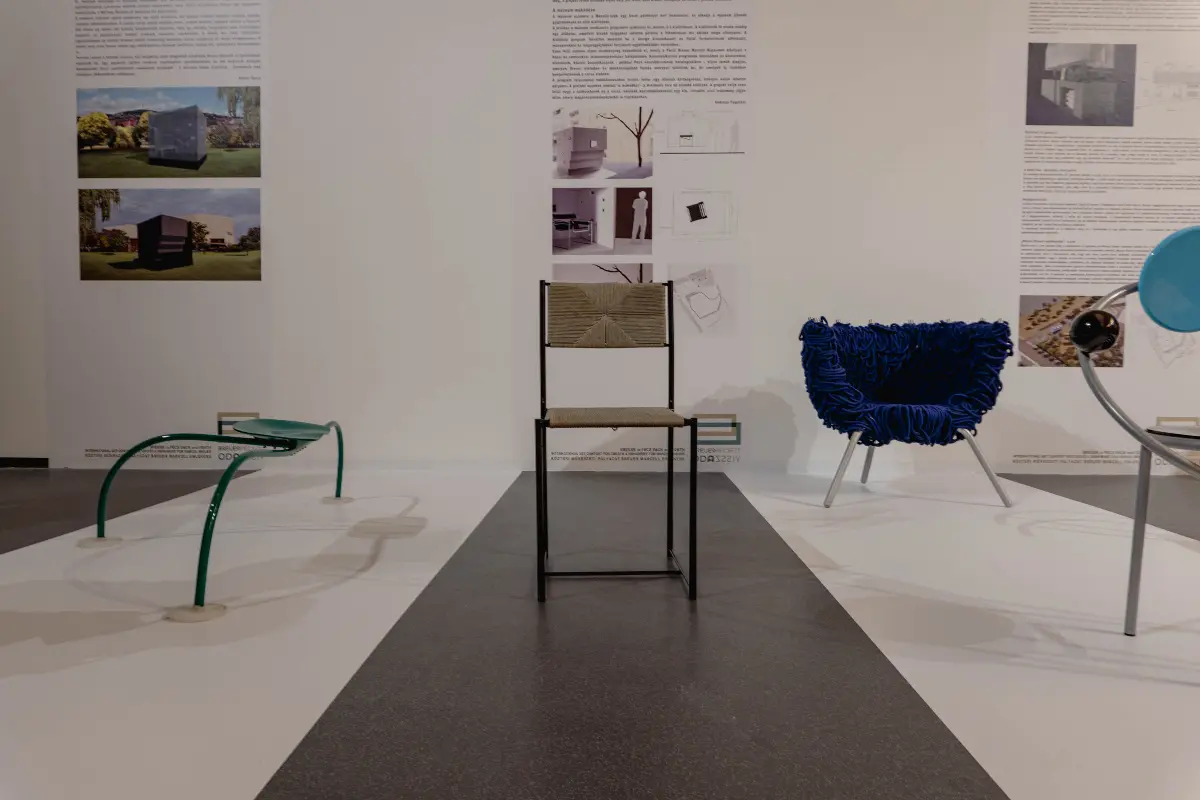
Helyszín címkék:
The world-famous artist from Pécs, who went from the pipe chair to UNESCO
Szabó Sára
Every beginning is important, and for Breuer, it was Pécs!
According to Katalin Getto, aesthete and museologist at the Department of Fine and Applied Arts of the Janus Pannonius Museum, the birth of Marcell Lajos Breuer in Pécs is not just a biographical fact. The young Lajkó (as he was called at home) had a great role in the fate of the intellectual community of Pécs; the schools, the self-education circle, as well as his family.

“During Breuer’s high school years, there was a vibrant artistic life in the Baranya County seat. Several of the Bauhausers were of Pécs origin: while Alfréd Forbát and Marcell Breuer went to the Főreál High School, Farkas Molnár attended the Cistercian Catholic High School. These two schools have been important milestones in the cultivation of young talent, especially the Főreál High School’s self-education circle,” says Katalin Getto. It was here, among other things, that the young Breuer attended lectures on art history, and where his outstanding talent for freehand drawing, technical drawing and figurative geometry first became apparent.
But the young Lajkó’s open-mindedness came from his family: his father was a dental technician who studied in America, and his mother was a fan of crafts and photography, as was the custom at the time. Breuer grew up in this open environment.
Leaving Pécs and Hungary

For years after the Serbian occupation of southern Baranya in 1918, it was not known what would happen to this region, including Pécs: be annexed to Yugoslavia or remain a province of Hungary. During this time, Pécs became a kind of antechamber for artists playing with the idea of emigration, where during the “transitional years”, despite the historical trauma of the Serbian occupation, a vibrant cultural life was going on. The Pécs Art Circle gave young artists who were attracted to avant-garde art the opportunity to present themselves, and for a few years, Pécs functioned as a decentre of the avant-garde movement in Central Europe. Breuer spent his secondary school years in this atmosphere, but he was not even twenty when he left Pécs for Vienna, and a few months later for Germany.
The pathfinder Breuer
In 1921, he arrived at the Bauhaus in Weimar, where he took a job in the school’s furniture workshop, where he quickly distinguished himself for his artistic skills and innovative ideas – and soon afterwards was put in charge of the workshop. There’s a fascinating anecdote linked to this period: the story goes that a bent tube shaped like his own bicycle handlebars gave the young Breuer the idea for his famous Vasily chair.
In 1928, he left the Bauhaus together with Walter Gropius and László Moholy-Nagy. He first moved to Berlin to expand his knowledge as an architect. Journeys helped him find his way: He returned to Hungary in 1934, but the Hungarian Chamber of Architects did not recognise his Bauhaus degree, so he was not accepted as a member. Unable to work as a designer in his home country, he set off again. He then undertook study trips to Europe and North Africa, and after a brief period in England, he moved to the United States in 1937 to teach architecture at Harvard University, thanks to Walter Gropius.
From tubular furniture to family houses and brutalism
This period brought Breuer worldwide fame: from the 1950’s onwards, he received numerous commissions from all over the world. He opened offices in New York and later in Paris, employing nearly 70 people. He became one of the most influential figures in modern architecture with his American “binuclear” (separating public and private spaces) family houses, but he also helped to develop the Brutalism of the 1950’s, with concrete as a façade aesthetic in architecture.

It is difficult to list the many outstanding works that Marcell Breuer has built, but it is worth mentioning the UNESCO headquarters in Paris, the Whitney Museum in New York, the IBM Research Center, the Church of St. Francis of Salesians in Michigan, and the many family homes he has built in the East Coast states.
The world-famous architect remained close to his hometown until his death
After his earlier unsuccessful attempt in Hungary, Breuer returned home only once, for a school class reunion in 1966. The world-famous architect remained connected to his hometown until his death, and he repeatedly referred to Pécs and the Főreál as the defining moments of his career. Ironically, shortly after the city of Pécs asked him to design a museum, he died of illness – sadly, few memories of Marcell Breuer’s work remain in Hungary. His letters and relics can be found in the Janus Pannonius Museum in Pécs.








